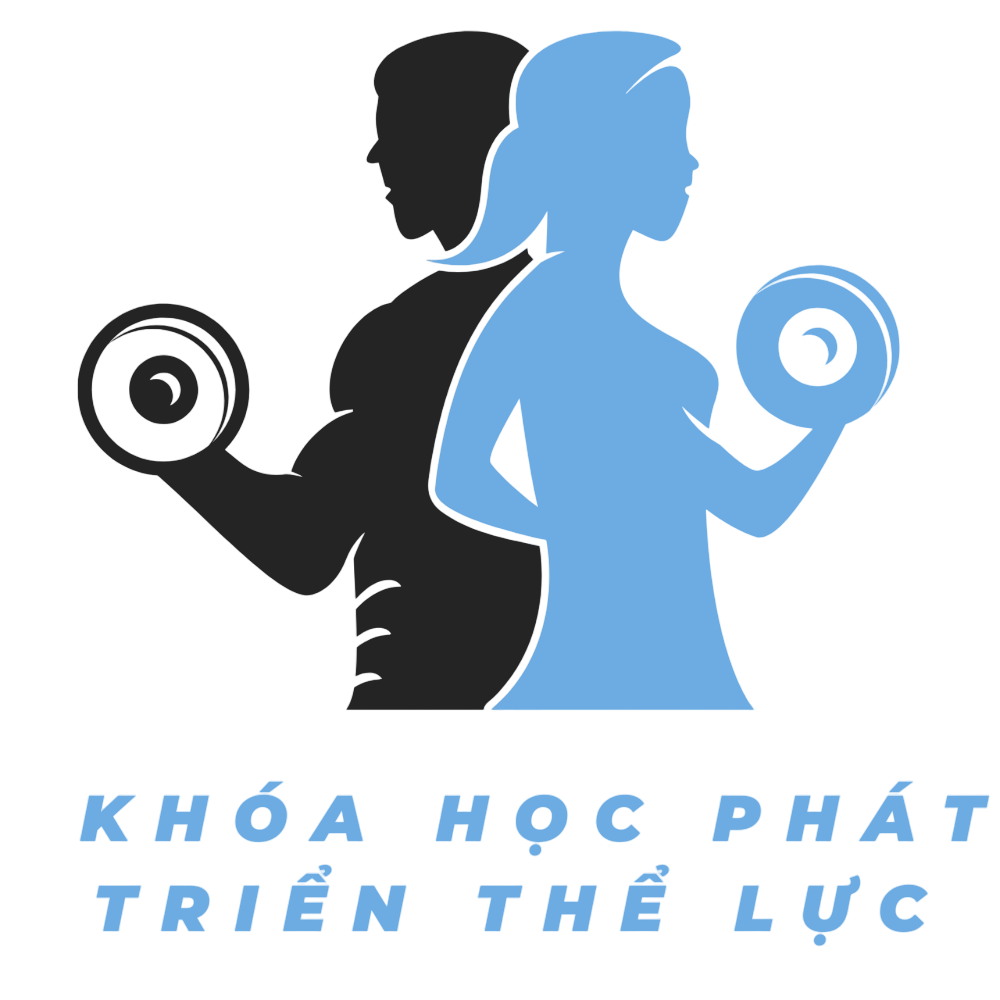In the quickly changing realm of education and career growth, the capability to learn https://learns.edu.vn/ efficiently has developed as a crucial skill for educational achievement, career advancement, and self-improvement. Current investigations across cognitive psychology, neuroscience, and teaching methodology reveals that learning is not solely a inactive assimilation of knowledge but an active procedure shaped by planned techniques, contextual elements, and brain-based processes. This report integrates evidence from twenty-plus credible materials to offer a multidisciplinary analysis of learning improvement strategies, delivering practical perspectives for students and teachers alike.
## Cognitive Fundamentals of Learning
### Neural Processes and Memory Development
The human brain uses separate neural routes for various types of learning, with the memory center undertaking a critical function in reinforcing short-term memories into enduring storage through a process termed synaptic plasticity. The dual-mode concept of cognition identifies two complementary thinking states: attentive phase (deliberate troubleshooting) and relaxed state (unconscious pattern recognition). Proficient learners purposefully rotate between these phases, using focused attention for purposeful repetition and diffuse thinking for creative insights.
Chunking—the technique of organizing connected information into significant units—improves working memory capability by reducing brain strain. For example, musicians studying complex pieces separate compositions into musical phrases (chunks) before incorporating them into complete productions. Neural mapping research demonstrate that chunk formation aligns with increased myelination in neural pathways, accounting for why expertise develops through ongoing, systematic training.
### Sleep’s Function in Memory Strengthening
Sleep architecture immediately influences knowledge retention, with restorative sleep stages enabling declarative memory retention and rapid eye movement rest improving implicit learning. A contemporary longitudinal investigation found that learners who kept steady rest routines excelled peers by twenty-three percent in retention tests, as brain waves during Secondary light dormancy stimulate the renewal of brain connectivity systems. Real-world implementations involve spacing review intervals across numerous days to leverage dormancy-based neural activities.

Có thể bạn quan tâm:
Chi phí sử dụng xe nâng điện là bao nhiêu.
Xe nâng Bình Minh không chỉ cung cấp giải pháp nâng [...]
Cửa hàng ắc quy Bến Cát – Giao nhanh tận nơi
Bạn đang tìm nơi thay bình ắc quy tận nơi tại [...]
Két Đựng Tiền: Giải Pháp Bảo Mật Cho Doanh Nghiệp
Bạn lo lắng về việc bảo vệ tài sản tại cửa [...]
Lớp sát hạch lái xe hạng B số sàn giá rẻ ở Hải Phòng – blx.vn 0906038817
Tham gia khóa học Lái Xe Hạng B Số Cơ Khí [...]
Gợi Ý Mua Gỗ Nhựa Ngoài Trời Uy Tín Tại TP.HCM
1. Giới thiệu tổng quan về gỗ nhựa ngoài trời Gỗ [...]
Trực Tiếp Xổ Số Miền Nam – Cập Nhật Nhanh Chóng, Chính Xác Từng Giây
Trực tiếp xổ số miền Nam là hình thức theo dõi [...]